Complex Navigation: Settings were scattered across multiple pages and menus, making it difficult for administrators to find specific options.
Inconsistent UI: The user interface was inconsistent, with different styles and patterns used throughout the settings.
Lack of Context: Settings lacked clear explanations and guidance, leading to confusion and errors.
Inefficient Workflows: Common admin tasks, such as adding new users or configuring integrations, required multiple steps and manual configuration.
Scalability Issues: The existing design was not scalable to accommodate new features and settings.
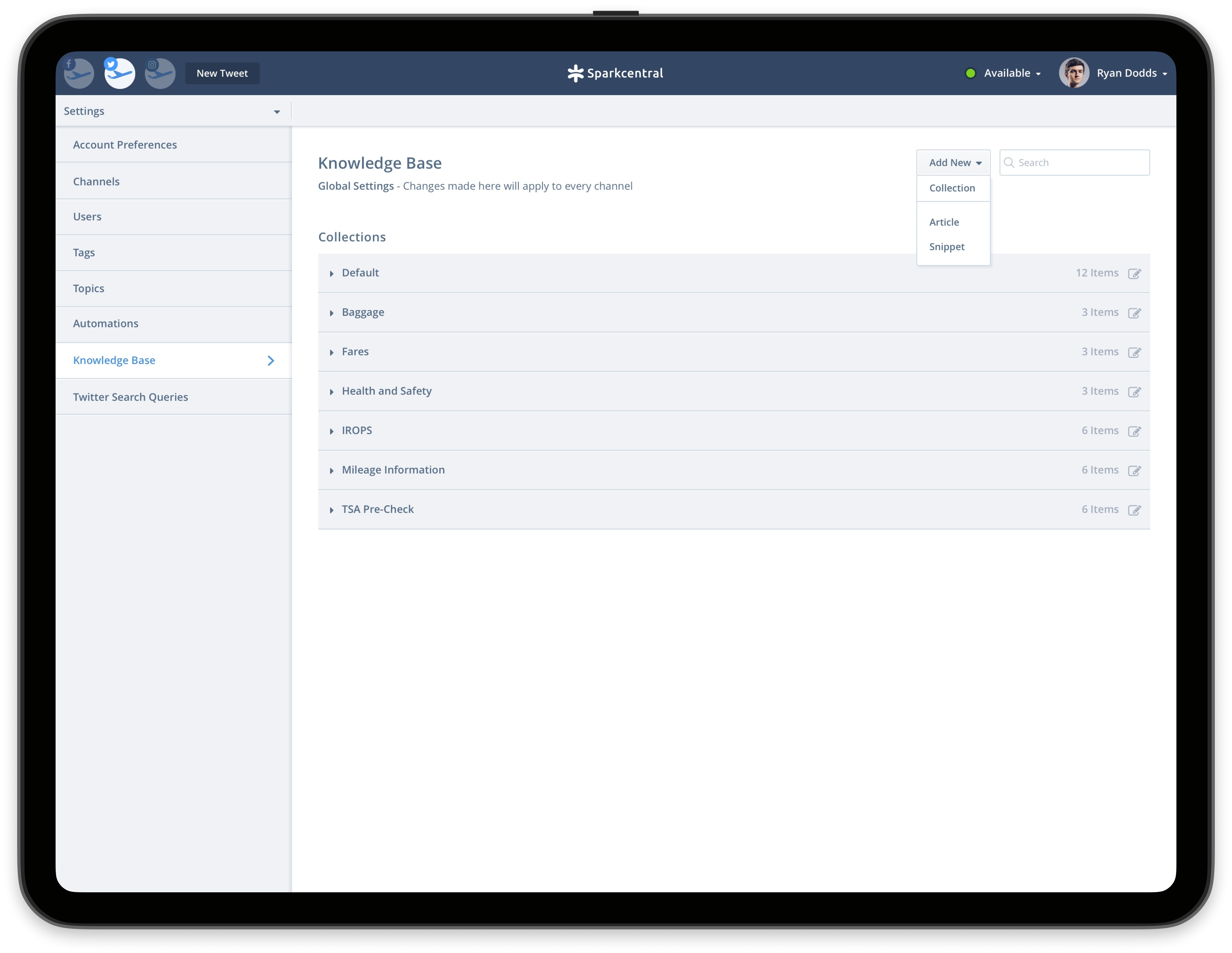
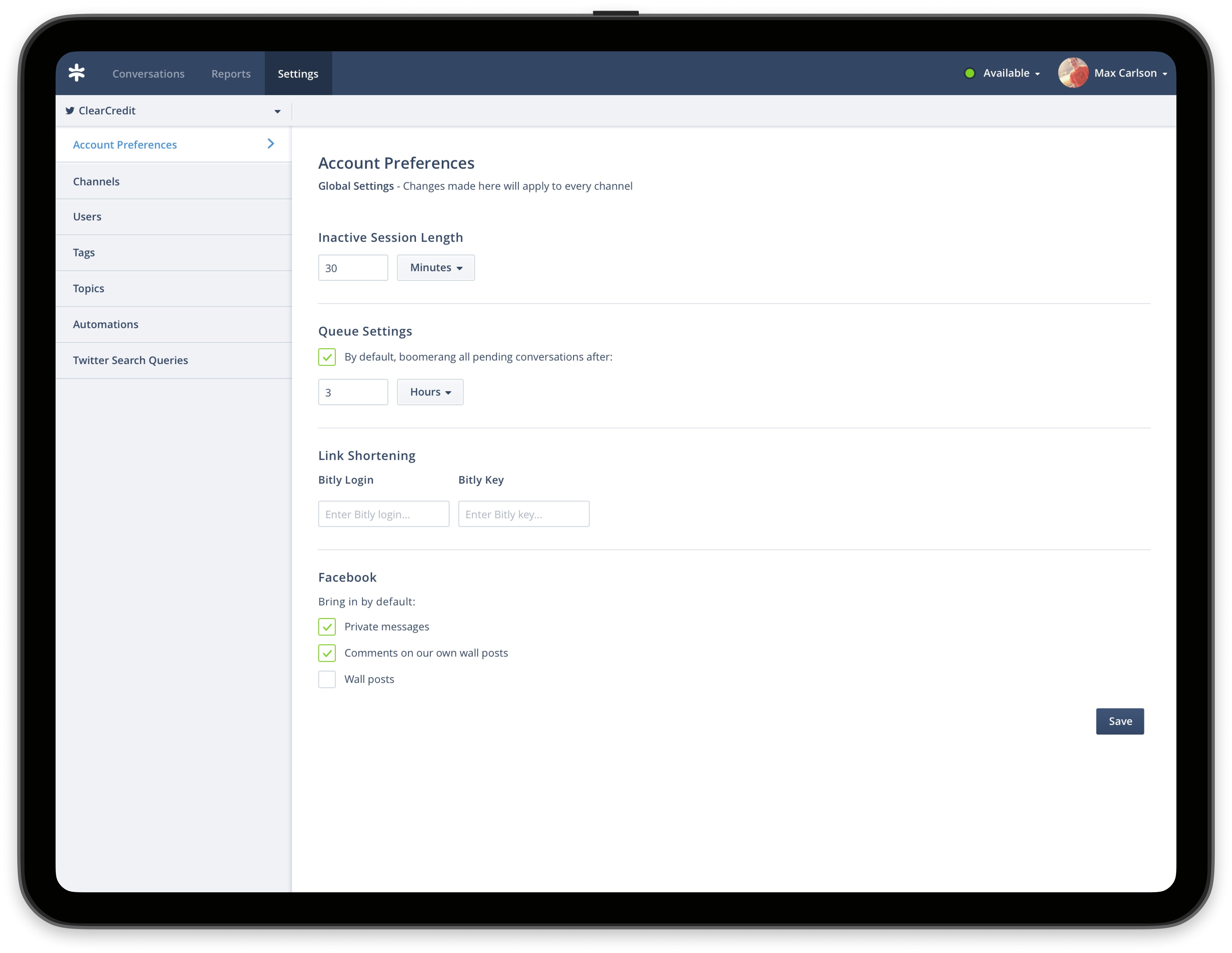
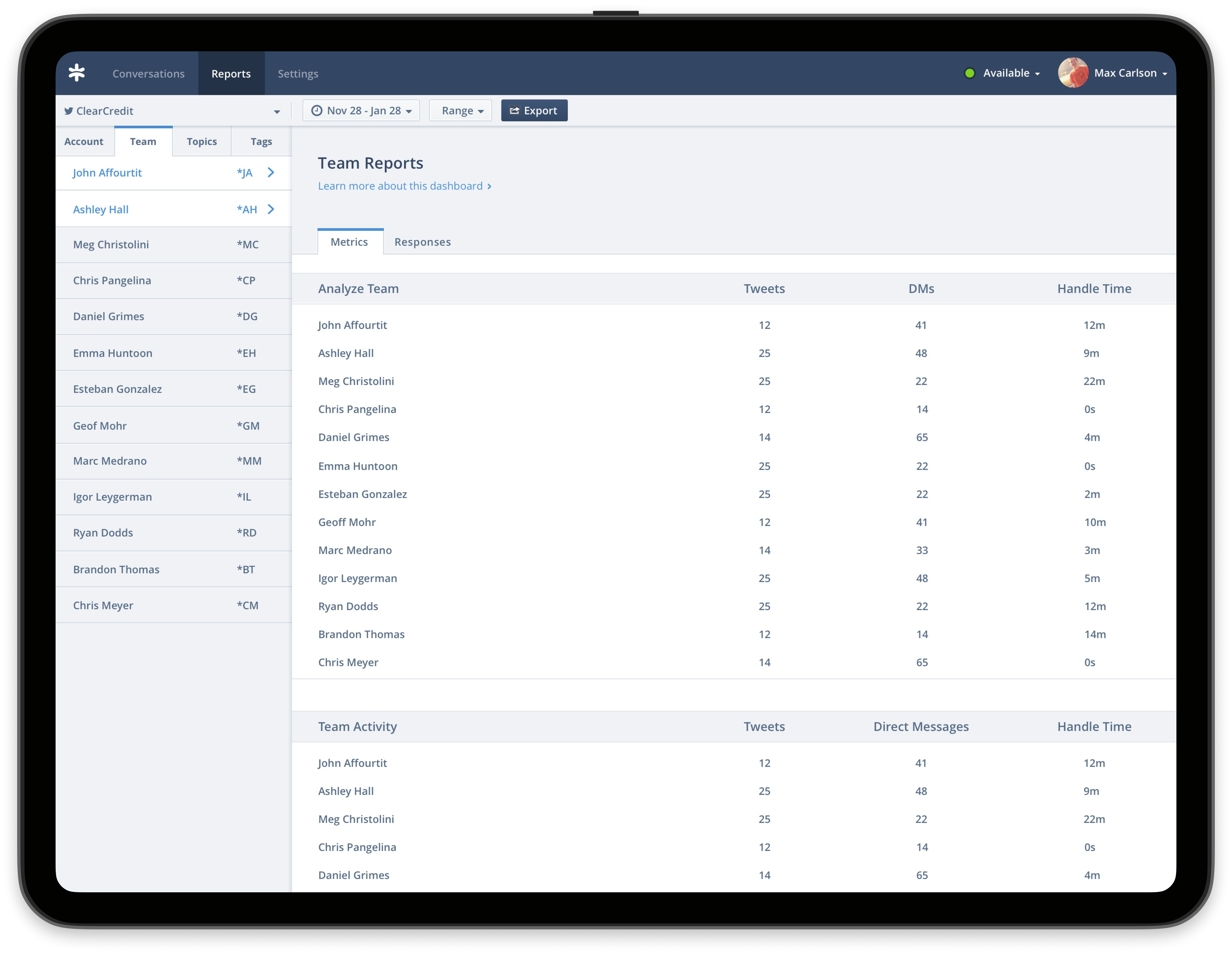
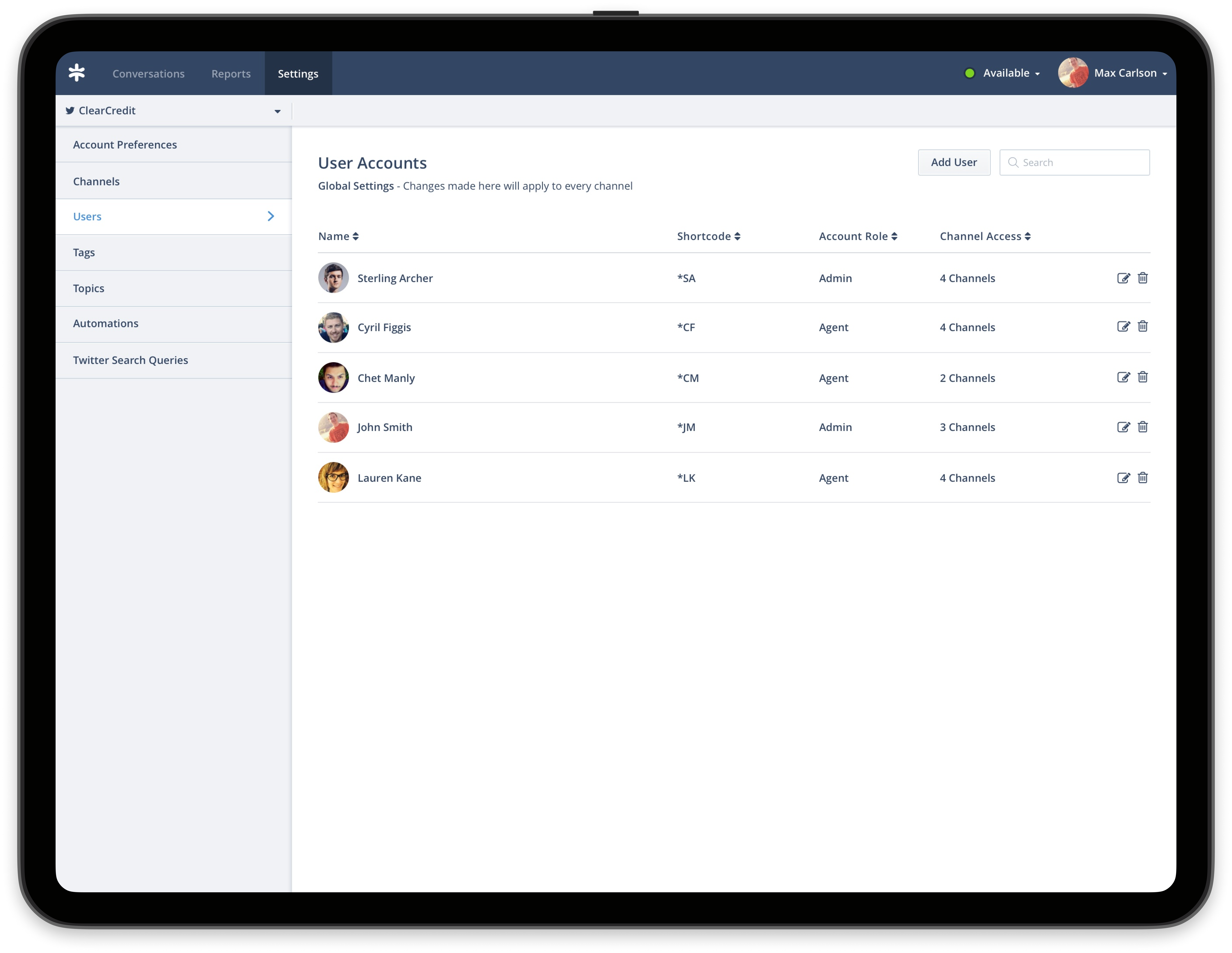
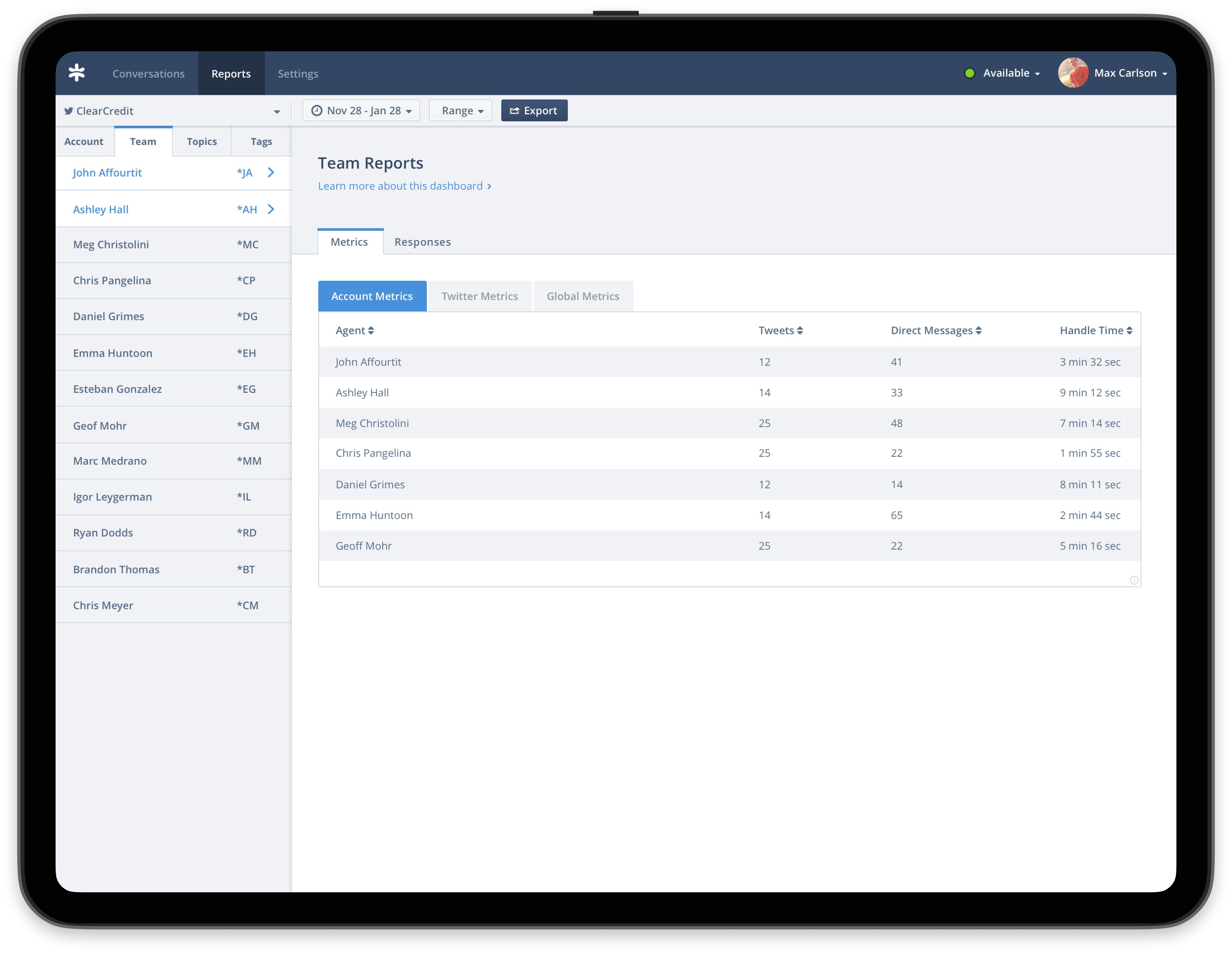
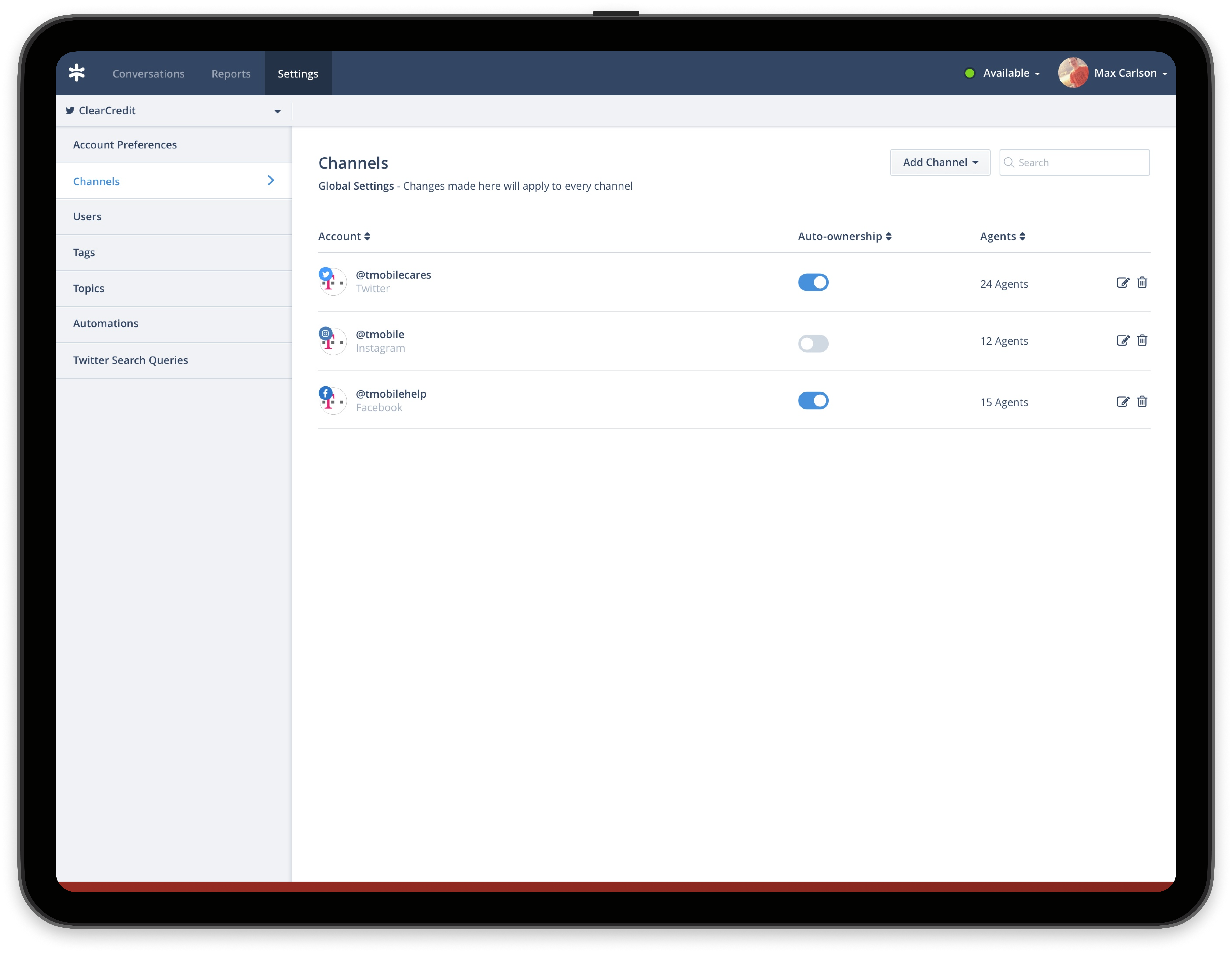
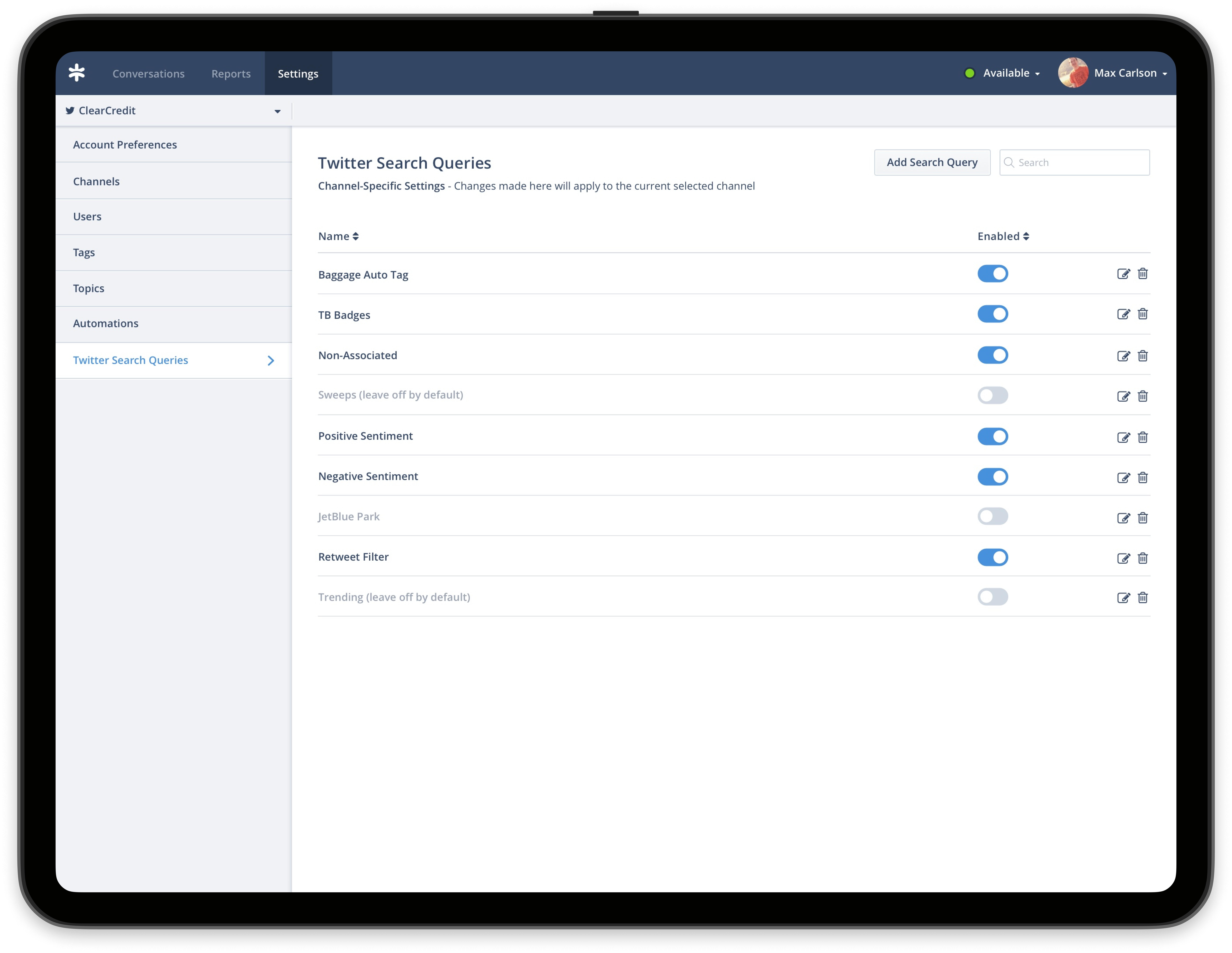
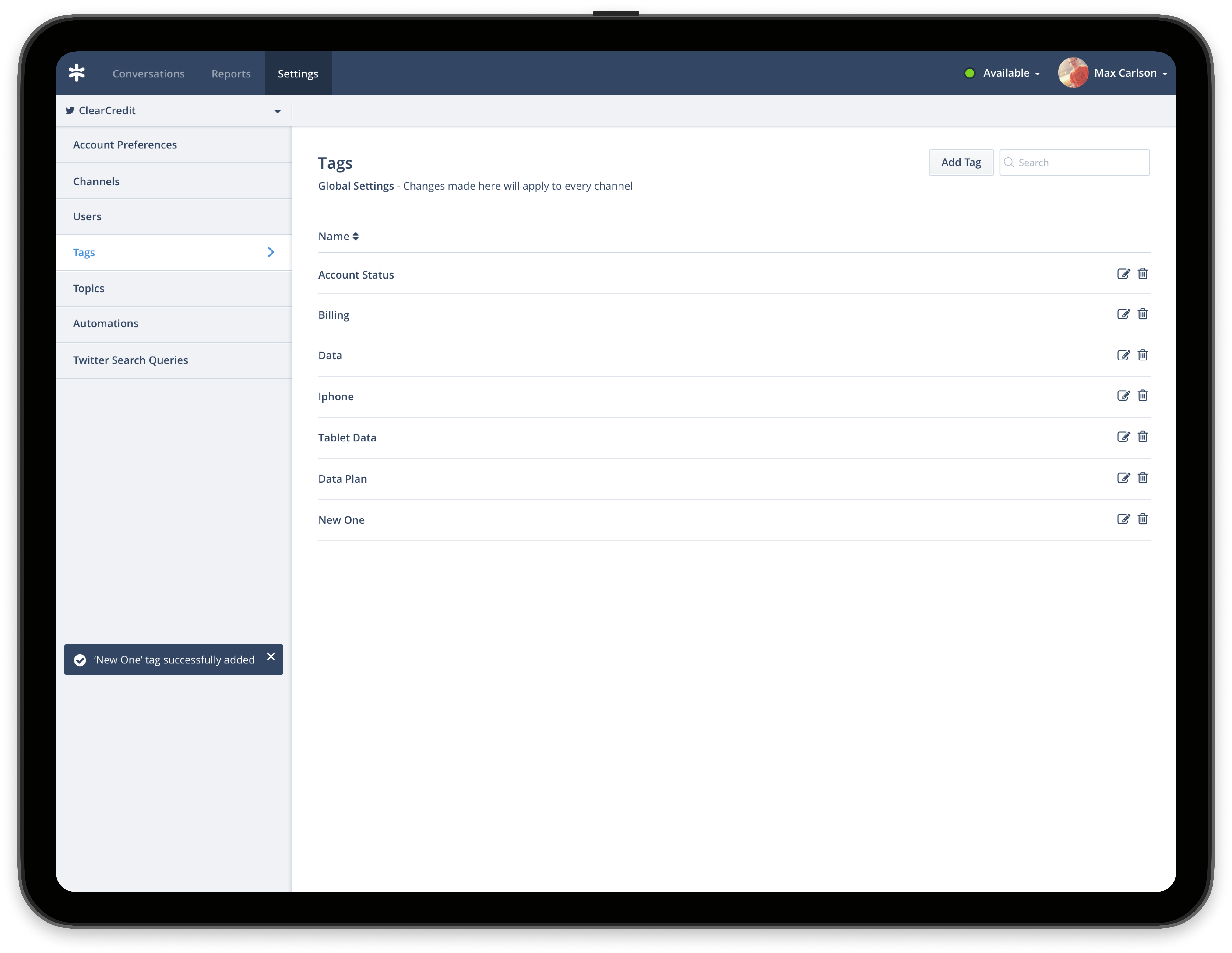
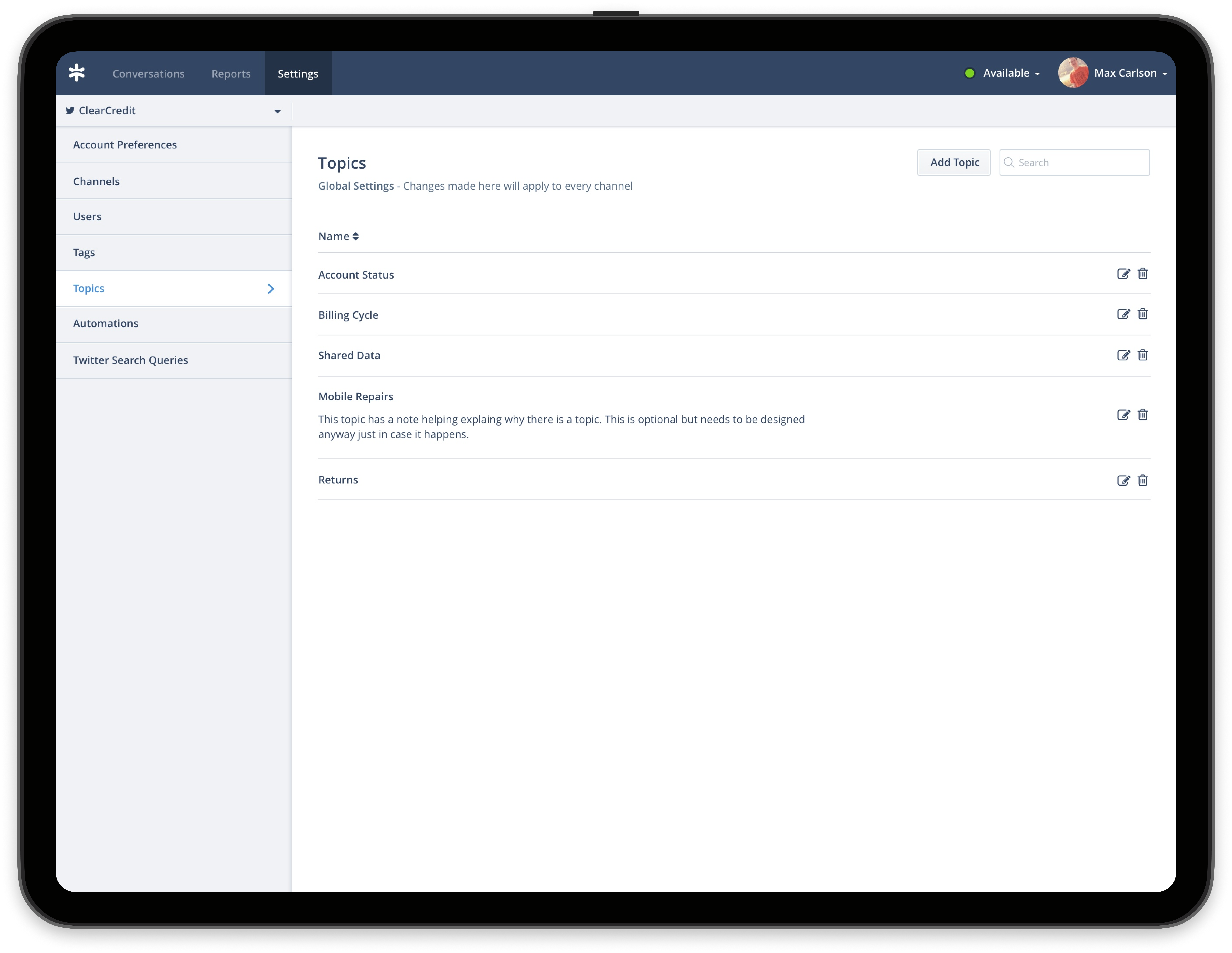
Stakeholder Collaboration: Working closely with product managers, engineers, and business stakeholders to define product requirements and ensure alignment with business goals.
Information Architecture: Redesigning the structure and organization of the admin settings to improve navigation and findability.
User Flow Design: Creating user flows to map out the steps administrators take to complete tasks, such as configuring channels, managing users, and setting up integrations.
Wireframing and Prototyping: Developing wireframes and interactive prototypes to visualize the user interface and test design concepts.
UI Design: Creating a visually appealing and intuitive user interface that adheres to accessibility standards and best design practices.
WUsability Testing: Conducting usability testing to gather feedback on the design and identify areas for improvement.